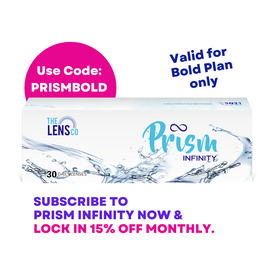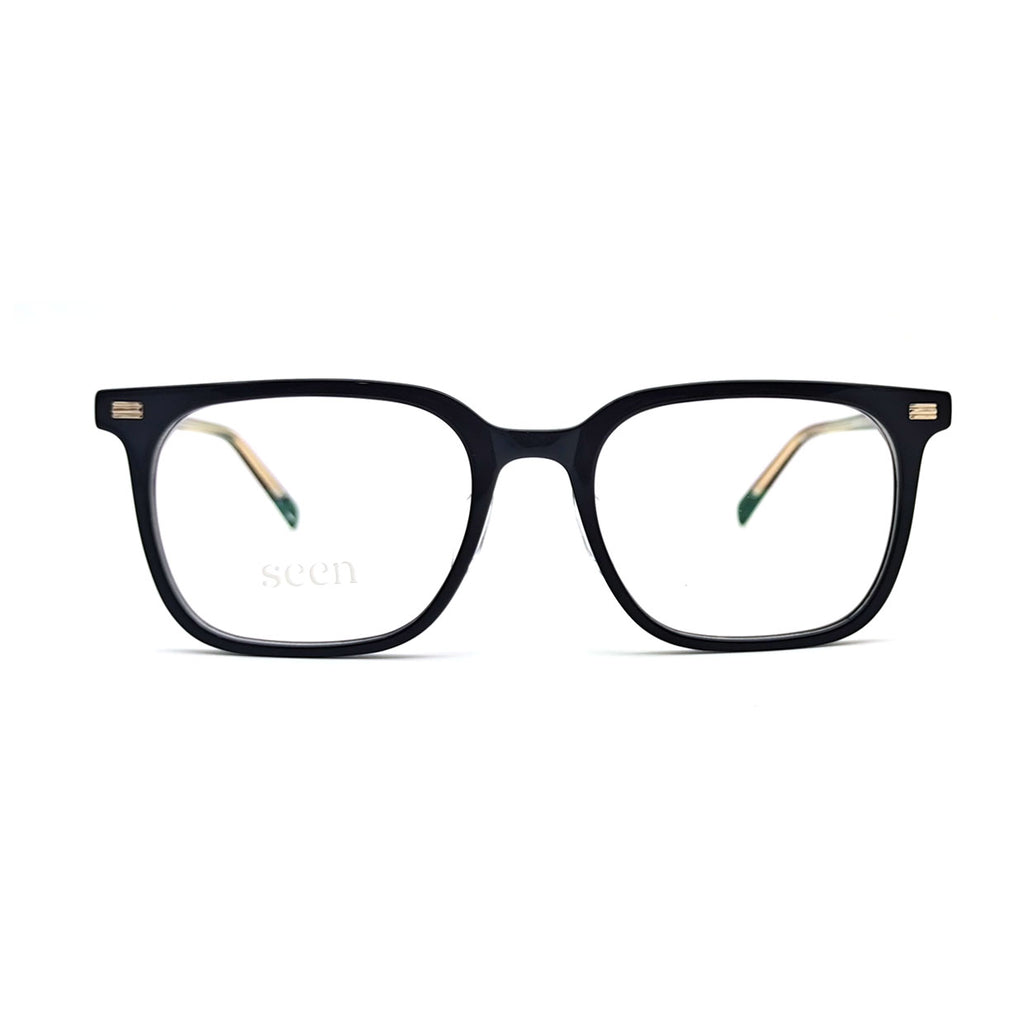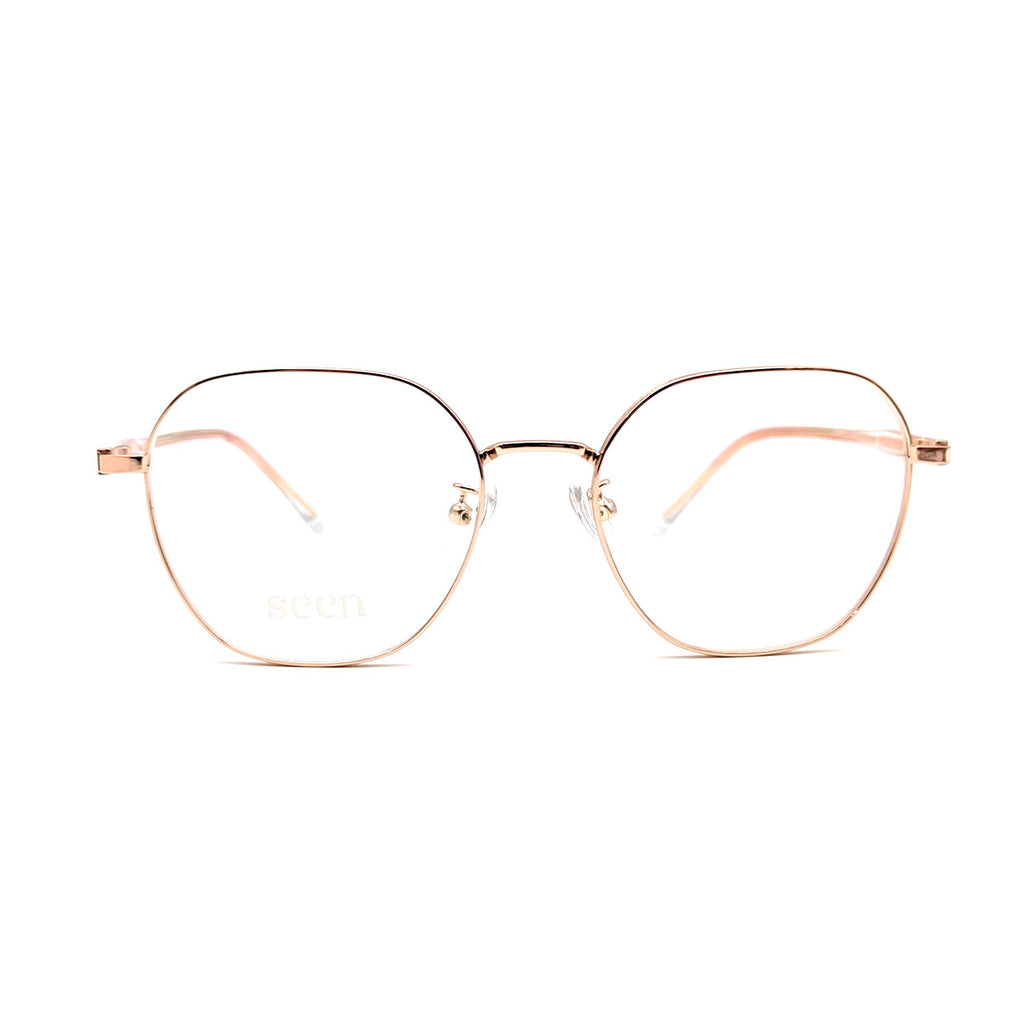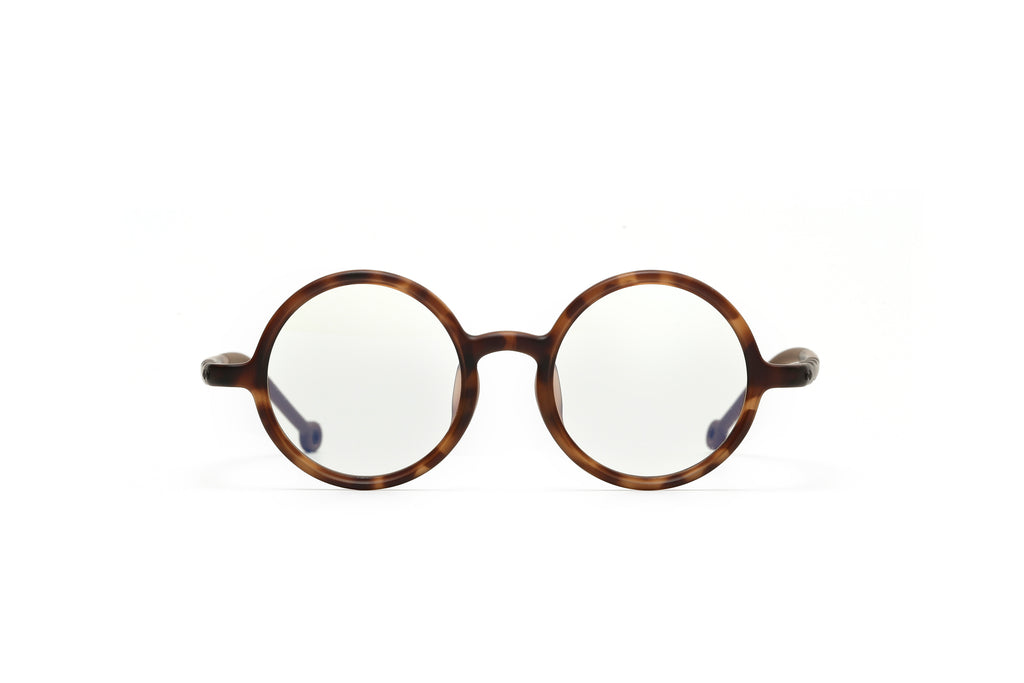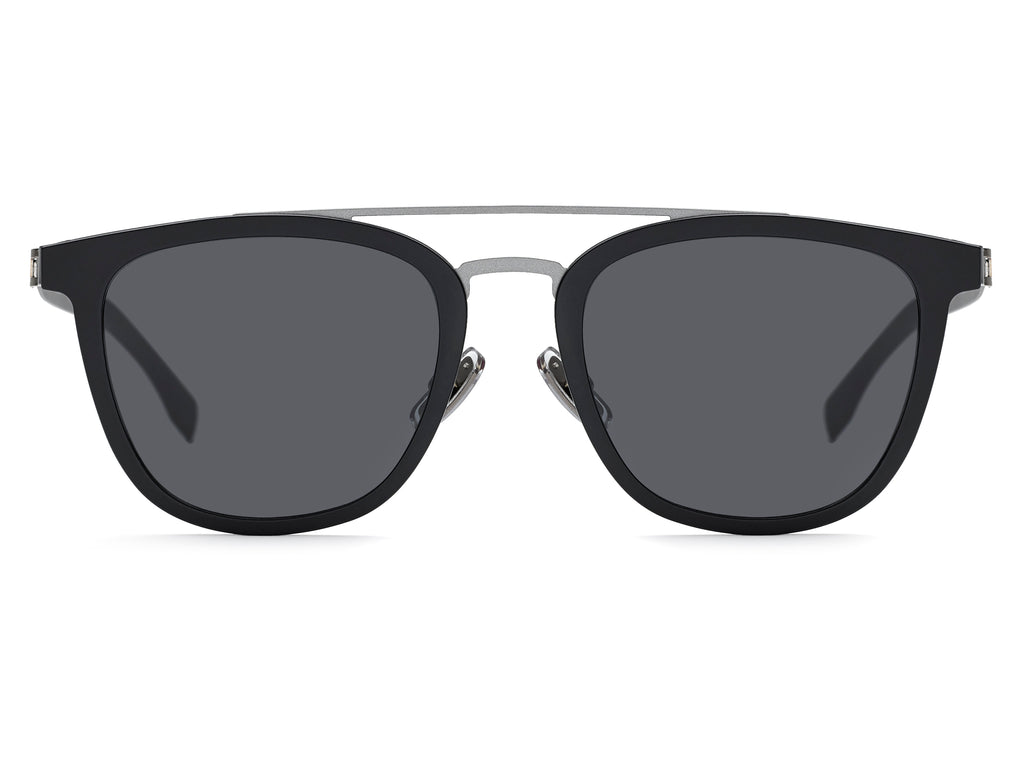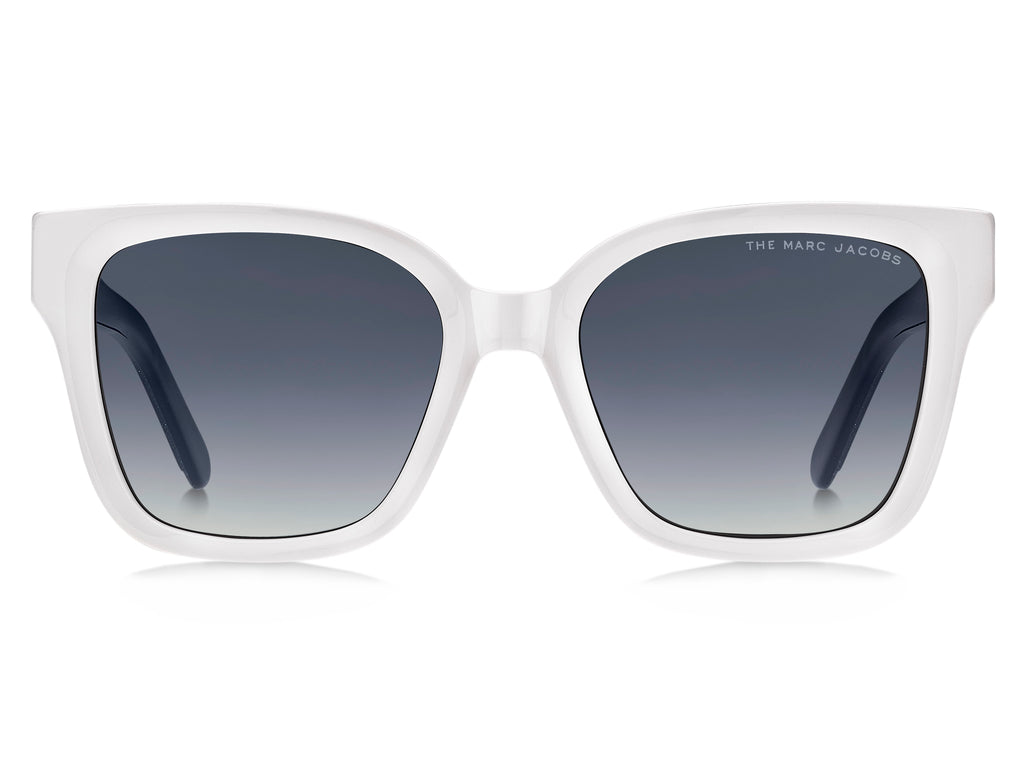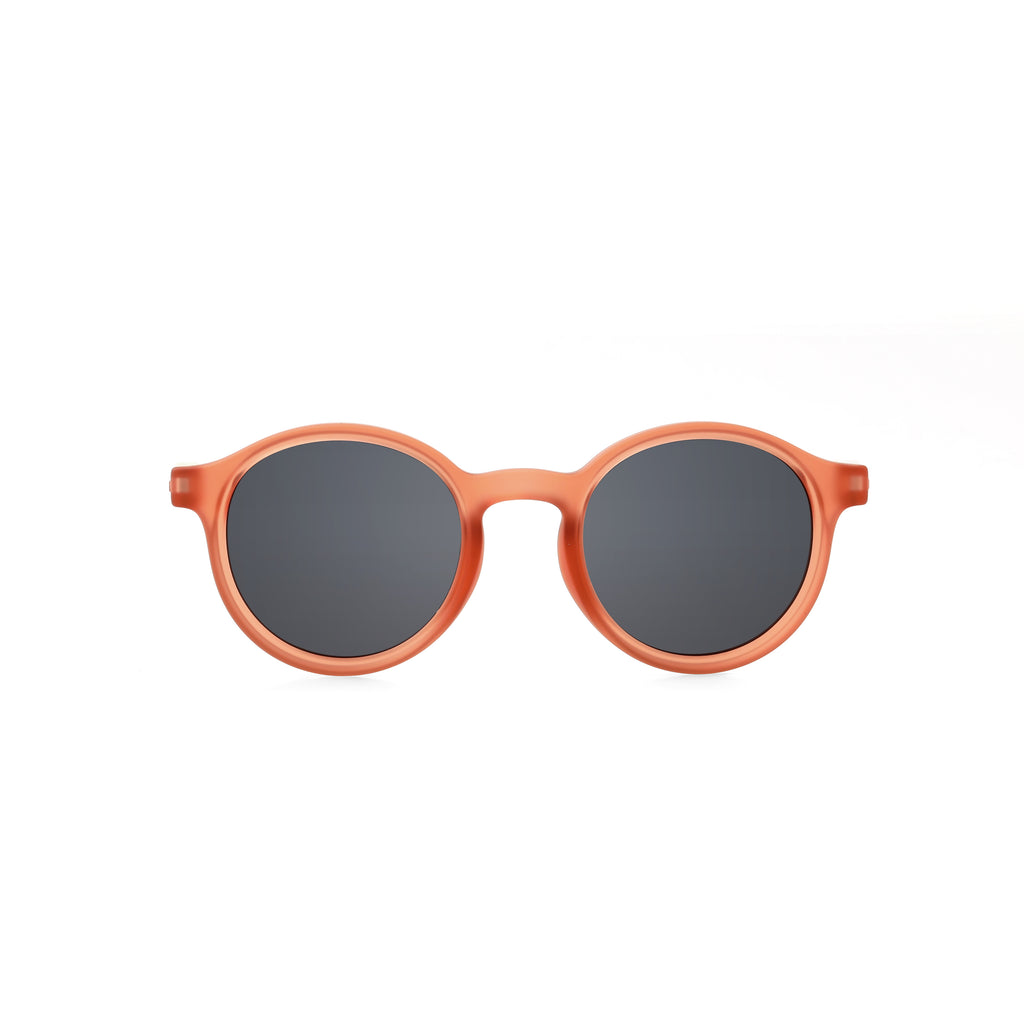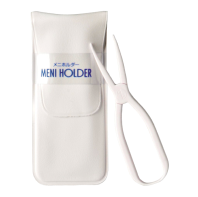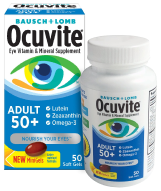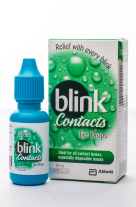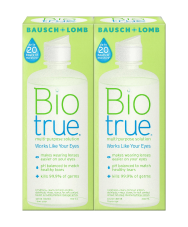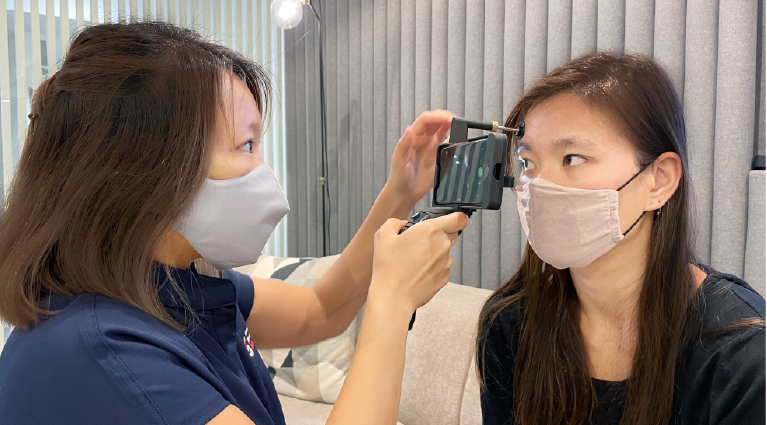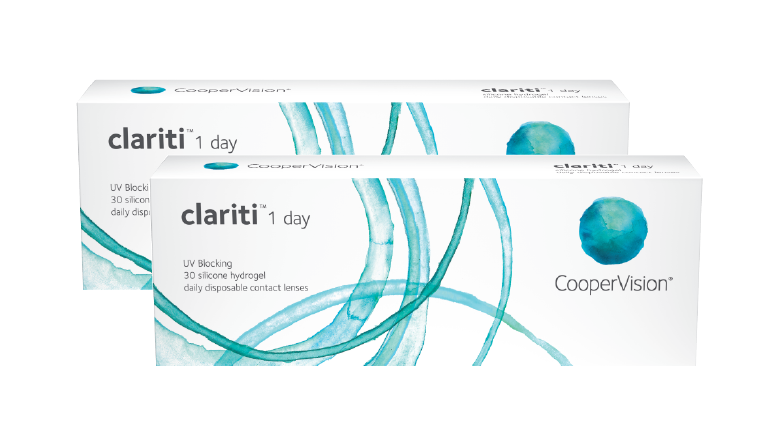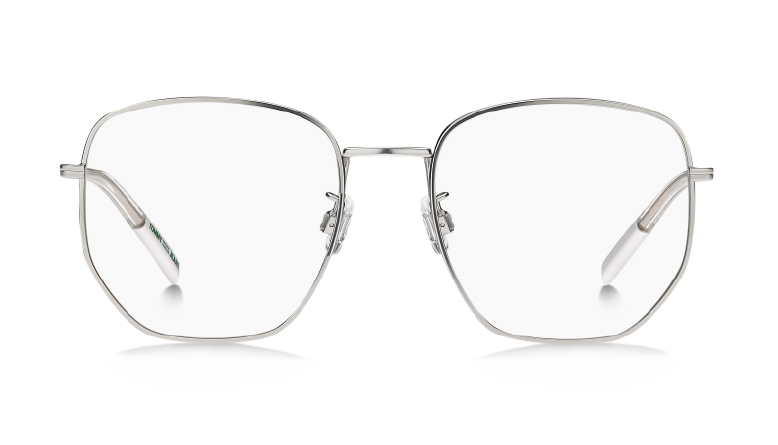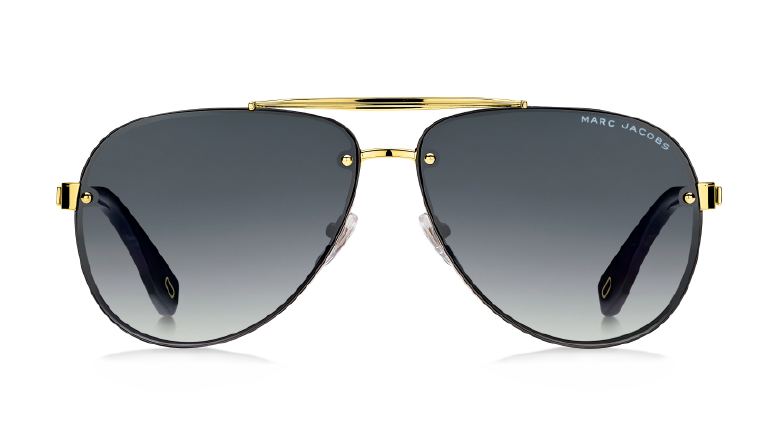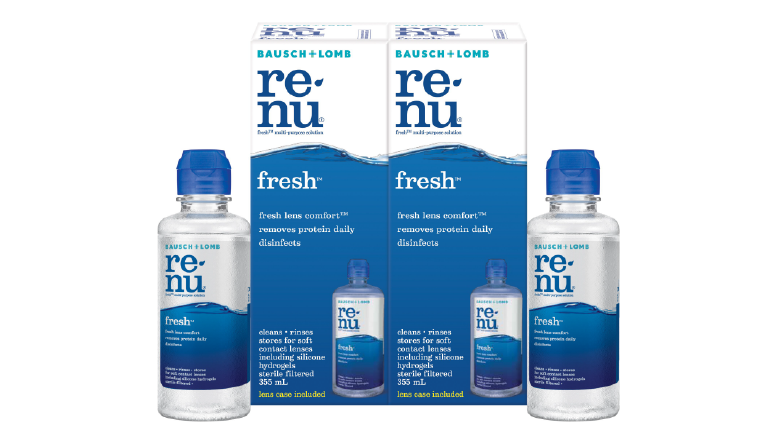
Picking The Right Glasses That Suit You: The Ultimate Guide
Cassie just broke her glasses. She is angry, frustrated and dreading the process of selecting and purchasing a new pair of glasses.
If you are reading this, you probably understand her frustration. And chances are you are looking for a guide to help select the best glasses to suit your needs.
In this article, we will be covering what to take into consideration when choosing a frame, lens or even what frame shape is suitable for your facial structure.
Identifying the Shape of Your Face
Before picking out the right glasses, it helps to have an understanding of your facial structure. This is beneficial as it helps you narrow down a gigantic list to something more digestible.
As a general rule, there are 4 types of face shapes. It helps to pay attention to the width of your forehead, cheekbone, jawline and face length.
Take note that not everyone falls into either one of the 4 types, in fact it is common to have characteristics from two or more face shapes.
Square Shaped Face

Square faces are characterised by sharp angular features with the forehead and jawline having the same width.
If you have a square shaped face you want to go for round or oval frames, browline frames, cat-eye frames and aviators.
Round Shaped Face
Round faces typically have no sharp angles and are characterised by jaw lines and foreheads with a slight curve to them.
If you have a round face you want to go for rectangular frames, square frames, cat-eye frames, wayfarer frames, oversized frames, aviators and geometric frames.

Heart Shaped Face
If you have a pointed chin, and your jawline is the same width as your hairline, you have a heart shaped face.
The best frames for heart shaped frames are oval and circular frames, rectangular frames, rimless and semi-rimless frames, wayfarers, cat-eye frames and aviators.

Oval Shaped Face
People with oval shaped faces have long faces that narrow down towards the chin and towards the hairline. Your cheekbones will be the widest part of your face, and your jawline will be slightly curved.
If you have an oval shaped face, the best frames for you are, rectangular frames, aviator frames and cat-eye frames.

Picking the right Frame
They are two types of materials used to make glass frames, plastic and metal.
Plastic Frames
Plastic frames are typically made out of zylonite, nylon blends and castor seed oil.
They are cheap, come in a wide variety of colours and are unlikely to cause allergic reactions. However, they tend to be less durable and prone to fading.
Metal Frames
Metal frames are mostly made out of metals such as titanium, flexon, beryllium, monel, aluminium, memory metal and stainless steel.
The price varies when it comes to this type of frame as they can be as cheap as plastic frames or double, even triple the price.
They are more durable, corrosion resistant and lightweight. The downside is they tend to be more expensive, have less colour options and can cause negative skin reactions.
Types of Frames
Full frames

Full frames fully outline the lens. They are the most durable type of frame and are preferred for thick lenses.
Semi-rimless frames

Semi-rimless frames cover the top of the frame. They are lighter and more comfortable than full frames but expose the bottom half of the lens to chips and cracks.
Rimless frames

They are lightweight, and provide the greatest field of vision at the cost of being more delicate than the other frames.
Lenses
Before you start looking for glasses, it is important to visit an optometrist to find out what type of visual correction you need. An optometrist will provide you with a prescription which you can use when you visit an optician or shop online.
Single Vision
Single vision lenses are used to correct one type of visual problem: near, distant or astigmatism. They are cheap and will most likely be what your optometrist prescribes.
Bifocals
Bifocal lenses are prescribed for people with multiple vision problems. They are multifocal which essentially means they have two sections, at the top to correct distant vision problems and at the bottom to correct near vision problems.
The biggest issue with bifocal lenses is that they have a visible separation between near and distant visions. It is worth noting, however, that most people get used to this after a period of time.
Trifocals
Trifocal lenses are similar to bifocals in that they have a section in the middle to correct intermediate vision problems. Intermediate vision correction helps when you need to view tasks at arm-length such as computer work or viewing the speedometer of a car.
Progressives
Progressive lenses are a variation of bifocal and trifocal lenses. The only difference is that the transition between each field of vision is seamless.
Choosing Your Lens
When it comes to choosing your lens, you have several options.
Glass Lenses
Glass lenses have excellent visual acuity but tend to lean on the heavy side and are prone to cracking and shattering.
Plastic Lenses
Plastic lenses are cheaper, lighter and often produce similar results to their glass counterparts.
High-Index Plastic Lenses
If you are looking for thin lenses, consider these. They are light, durable, and provide better for cosmetic purposes. The downside though, is that they tend to reflect more light. So it's a good idea to add an anti-reflective coating to reduce glare.
Polycarbonate
Polycarbonate lenses are recommended for sport activities, children’s eyewear and safety glasses. They are lightweight and impact resistant, making cracks and shattering something less to worry about.
Trivex Lenses
Trivex lenses are made out of lightweight and durable plastic. They are slightly thicker than high-index plastic lenses, but thinner than basic plastic lenses. Consider these if you expect to work in high-risk environments.
Aspheric Lenses
The flat and thin characteristics of aspheric lenses make them a great choice for prescriptions that require thick lenses.
Photochromic (Transition Lenses)
Photochromic or transition lenses are a popular choice for many people as they darken when exposed to UV rays which eliminates the need for sunglasses.
When to Consider Contact Lenses
The pros and cons of using contact lenses over glasses comes down to personal preference.
Glasses give you the option to put on and take off any time you like. The downside is they are uncomfortable to wear for long periods of time - especially since they rest at the bridge of your nose. Furthermore, a narrow edge of vision is something you can expect when you use glasses.
Contact lenses on the other hand provide the most natural vision possible. Not only are they cosmetically appealing, you don’t have to deal with some of the inconveniences native to glasses such as distortion and glare.
You have options between daily contact lenses which are worn during the day and taken off or disposed of at night, and monthly contact lenses which can be worn for a longer period of time. Check out our guide to learn the differences between both.
However, contact lenses are cumbersome to maintain. Care must be taken in cleaning and maintaining them - which, if not done well, can lead to serious eye infections.
Final Thoughts
To recap what was discussed, before taking a trip to the optician or shopping glasses online, book a visit to an optometrist to get an accurate prescription to correct your vision.
If a visit is out of a question, that's fine too; you can reach out to a mobile optometrist for a standard or comprehensive eye examination.
This article is meant as a guide and should not be taken as a rigorous standard. Click this link to browse through our large selection of glasses.
In same category
What is Arcus Senilis also know as Cholesterol Rings ? : A Sign of Aging Eyes
From Metal to Wood: Finding the right pair of glasses
Discover the World of Eyewear Materials: The seemingly simple choice of eyewear frames goes beyond mere aesthetics, profoundly influencing our daily lives in terms of...
The Future of Eye Screenings: VisionPal Studio's Approach to Preventive Eye Care
VisionPal is revolutionizing the world of eye care with the launch of its innovative studio on the 9th of March 2024. Offering a unique blend...









